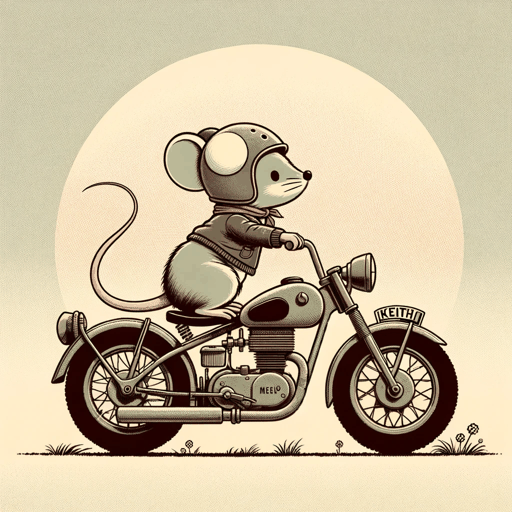45 pages • 1 hour read
Beverly ClearyThe Mouse and the Motorcycle
Fiction | Novel | Middle Grade | Published in 1965A modern alternative to SparkNotes and CliffsNotes, SuperSummary offers high-quality Study Guides with detailed chapter summaries and analysis of major themes, characters, and more.
Background
Literary Context: Anthropomorphism in Children’s Literature
Anthropomorphism is a literary device in which nonhuman things literally embody the traits and characteristics of humans. (Personification, on the other hand, is metaphorically attributing human traits and characteristics to inanimate objects or natural phenomena through figurative language.) In fiction works, talking animals is a form of anthropomorphism. This literary device enables authors to explore ideas and beliefs from the viewpoint of animals, which in turn allows readers to view the ethical and practical problems raised in the story from the perspective of animals. In the fictional world of The Mouse and the Motorcycle, Cleary employs anthropomorphism, allowing a mouse and a boy to verbally communicate. In doing so, the author depicts the possible adventures that could ensue should a mouse and boy be able to understand one another.
In children’s literature, anthropomorphism is typically used within the context of coming of age to explore themes of friendship and loyalty, courage, exploration and adventure, finding one’s home or place within the world, and more. Cleary uses anthropomorphism in The Mouse and the Motorcycle to thematically develop Adventure and Maturity in a Risky World, 







Related Titles
By Beverly Cleary
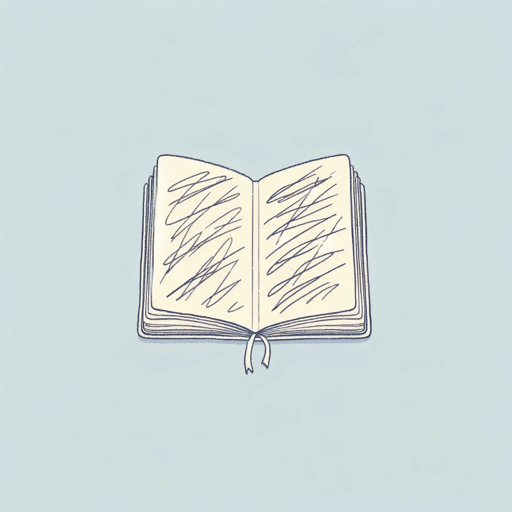
Beezus and Ramona
Beverly Cleary

Dear Mr. Henshaw
Beverly Cleary

Henry and the Paper Route
Beverly Cleary

Henry Huggins
Beverly Cleary, Illustr. Tracy Dockray
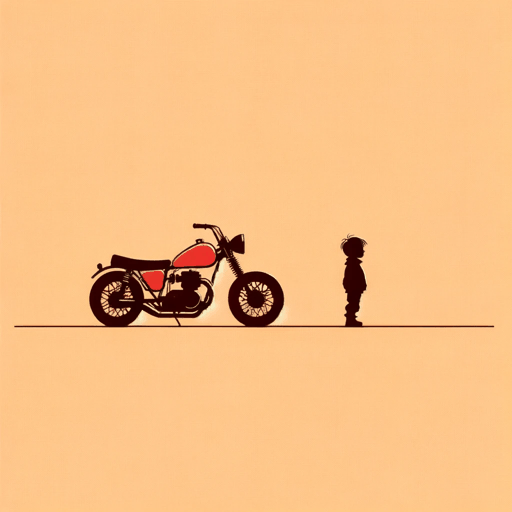
Ralph S. Mouse
Beverly Cleary

Ramona
Beverly Cleary
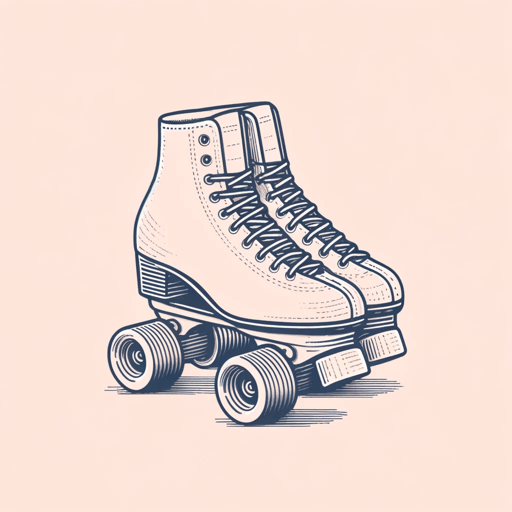
Ramona and Her Mother
Beverly Cleary

Ramona Quimby Age 8
Beverly Cleary
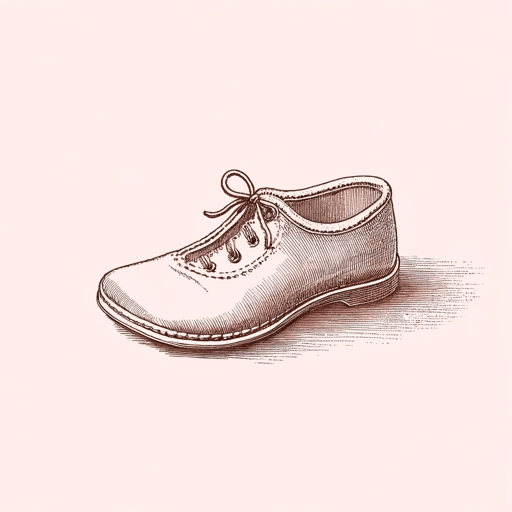
Ramona the Brave
Beverly Cleary
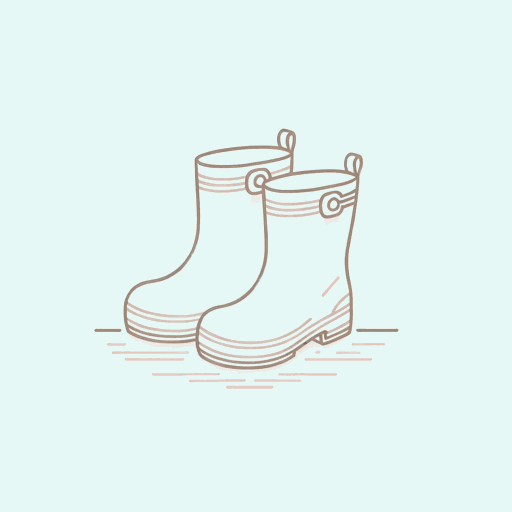
Ramona the Pest
Beverly Cleary
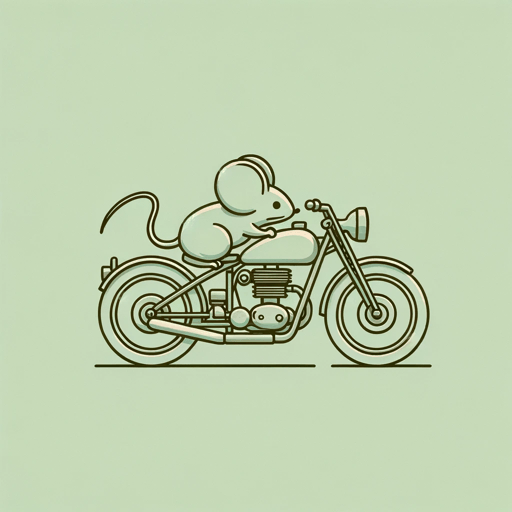
Runaway Ralph
Beverly Cleary
